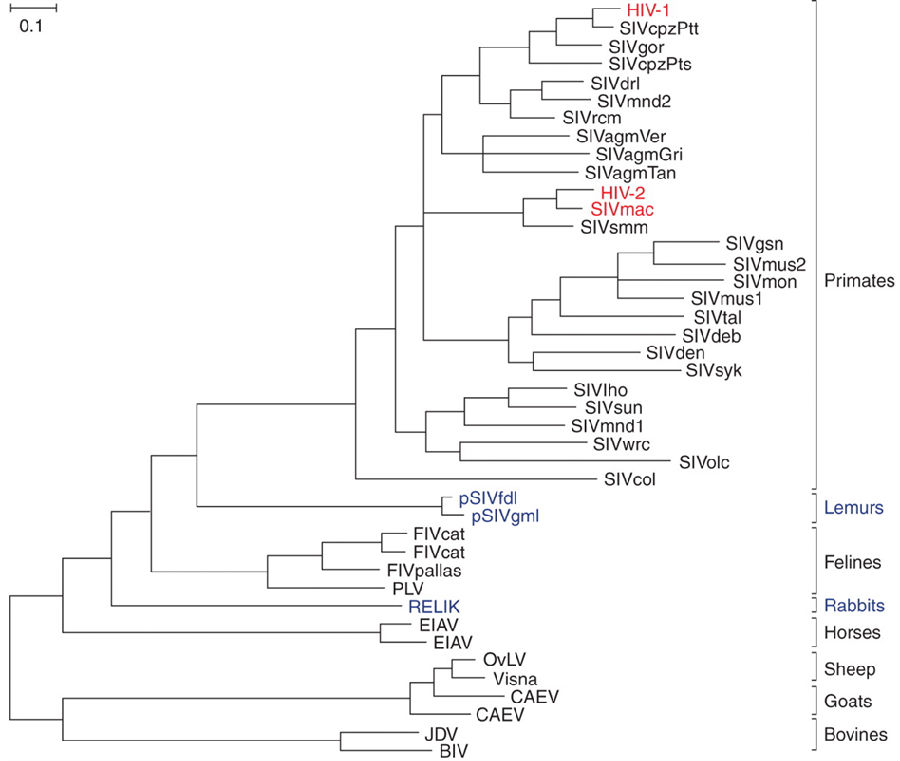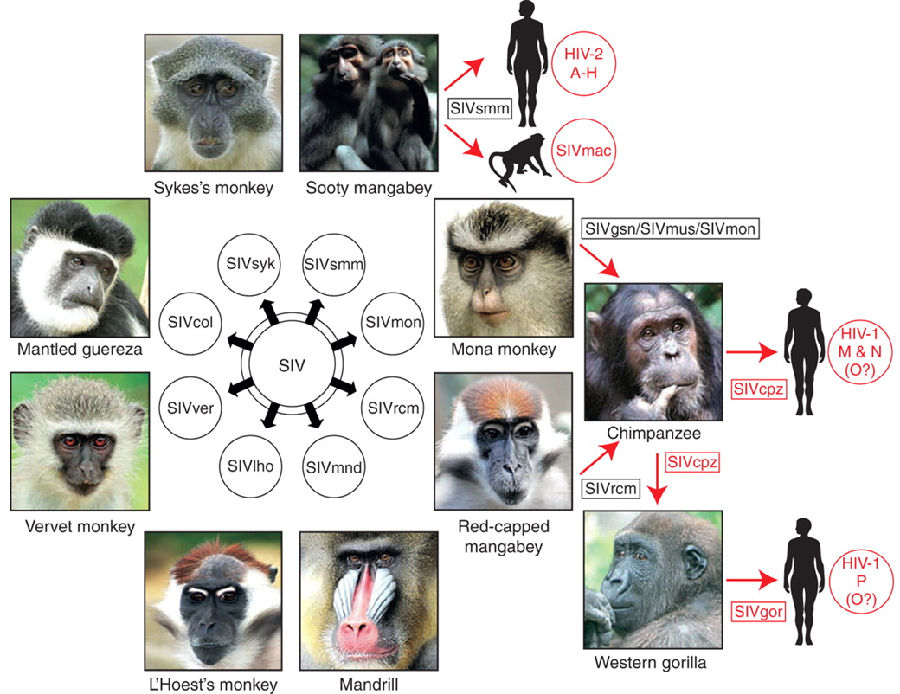Since the first reported the HIV/AIDS case in 1981, much scientific efforts and resources were invested into HIV/AIDS research. Thus, much knowledge has been learned, resulting in better understanding on HIV-1/HIV-2 viruses, and their pathogenesis in human. One of the great achievements from the basic/clinical researches is the development of an effective treatment for HIV/AIDS, the ART (antiretroviral therapy, consisting of the combination of at least three antiretroviral drugs to maximally suppresses the HIV virus replication and stop the progression of HIV disease). ART has saved millions people’s life since its development in early 1990s, and made HIV/AIDS a manageable chronic disease. From its discovery in early 1980s, HIV-1has infected at least 60 million people and caused more than 25 million deaths worldwide. It still infects 1.5-2 million people every year. Developing a HIV-1 vaccine is the most effective way of stopping the HIV/AIDS pandemic, which is one of the ultimate goals of HIV/AIDS research.
HIV-1/HIV-2 is members of lentivirus (lente-, Latin for "slow") the Retroviridae family various mammalian species, including bovines, horses, sheep, felines, and primates.
 Phylogeny of lentiviruses
Phylogeny of lentiviruses
It is clear now that HIV was originated from cross-species transmission of simian immunodeficiency viruses (SIVs) naturally infecting African primates, involving SIVcpz from chimpanzees in southeastern Cameroon, gave rise to HIV-1 group M — the principal cause of the AIDS pandemic. The four HIV-1 groups arose from independent cross-species transmission of the simian immunodeficiency viruses (SIVs) SIVcpz, infecting chimpanzees, and SIVgor, infecting gorillas.
 Origins of human AIDS viruses
Origins of human AIDS viruses
About 90% of HIV-1 infections are by viruses from group M and these are distributed worldwide. Group O infections are endemic to several west central African countries and represent 1 to 5% of all HIV-1 infection in those areas. Group N has only been identified in a small number of individuals in Cameroon. Only a few cases of human infection by group P have been identified up to date, all in patients from Cameroon.
Within the HIV-M group, there is a further division into at least ten subtypes or clades (groups of genetically related virus). Historically, the distribution of subtypes followed the geographic patterns listed below.
² Subtype A: Central and East Africa as well as East European countries that were formerly part of the Soviet Union.
² Subtype B: West and Central Europe, the Americas, Australia, South America, and several southeast Asian countries (Thailand, and Japan), as well as northern Africa and the Middle East.
² Subtype C: Sub-Saharan Africa, India, and Brazil.
² Subtype D: North Africa and the Middle East.
² Subtype F: South and Southeast Asia.
² Subtype G: West and Central Africa.
² Subtypes H, J, and K: Africa and the Middle East.
Due to the nature of HIV-1 virus, superinfection of HIV-1 viruses occurs widely in HIV-1+ individual, resulting in recombination of virus from different subtypes to form a hybrid virus, known as a 'circulating recombinant form' (CRFs), of which at least twenty have been identified.
HIV-2 was originated from cross-species transmission of (SIVsmm). There are at least 8 known HIV-2 groups (A to H). Of these, only groups A and B are epidemic.
² Group A: West Africa, Angola, Mozambique, Brazil, India and limited presence in Europe or the US.
² Group B: Mainly confined to West Africa.
